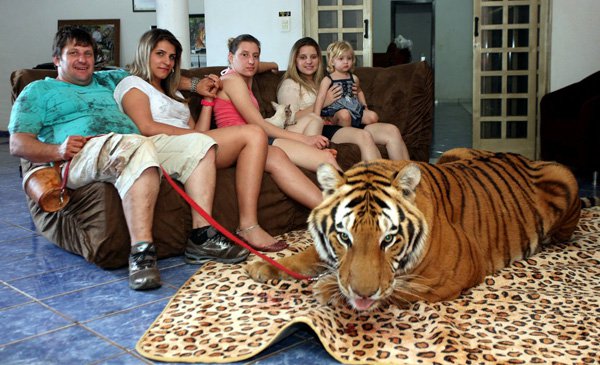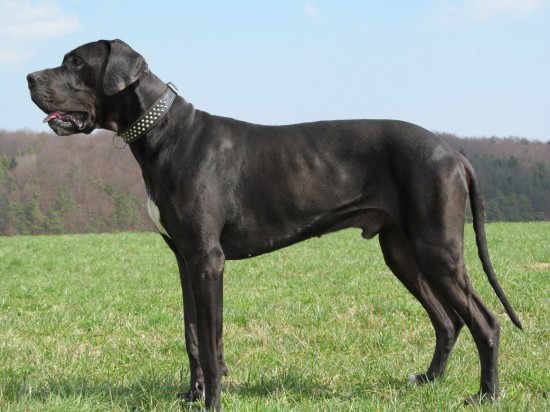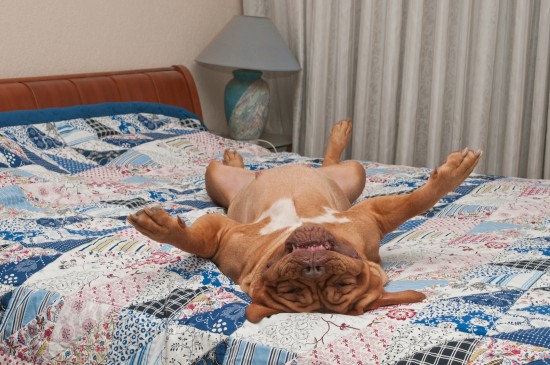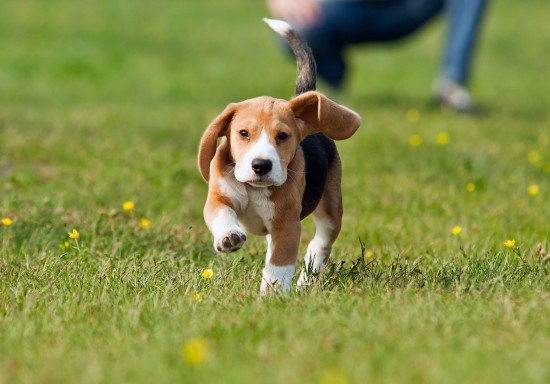Why are training large box?
Crate training your dog can serve many important roles. First and foremost, if well trained, it gives your dog a safe environment in your home to spend time and relax. A kind of sanctuary or "private space" if you want. Second, through training this simple behavior, you can transfer this learning (called generalization) to other situations (driving a car, go on vacation, etc.) a few years ago I had a mixture of Chow, and it was full of behavior problems ... not least, was to tear the house if left alone for more than a few minutes. I was able to successfully train the box (and easily, I might add) and it has eliminated almost all behavior problems.
Some useful tips before starting:
1. Apparently, you're going to have a cage. There are many different designs and materials to choose from. The most important thing is to choose one, which is the correct format. It 'large enough for the dog to stand up and be able to run without too much difficulty.
The second visit enjoyable. You'll want to put a pillow or blanket inside, so your dog is comfortable while inside.
3. Do not rush. The worst thing you can do when you train each behavior is to try to rush through the process. Learning is a continuous process, and shortcuts do not usually cause unwanted side effects in the long run. Take your time and make the process fun.
4. Do a lot of short-term training sessions. The biggest mistake I see dog owners make is trying to educate the behavior of a few long sessions of training came up. You are much better to do a lot of short and positive evidence of a marathon session, which threatens to fail at some point. A broad class of reinforcement is the key to quick learning.
Step by step training tips:
First of all, take a couple of dishes for your dog. I'm not a big fan of only using food as reinforcement, but the crate training can be useful. Make sure that the door window is open. Walk your dog near the front of the box, and strengthen them (give them a treat), getting closer to it. The idea is to make the initial setup very positive. If your dog has a negative history of a box, you may need to do this several times before moving on.
The next step is to teach your dog to walk inside. In general, the best way to do this is to start walking towards the cage of the dog, to keep up, when you are following, and point the finger in the cage. You should also connect to a signal (such as "inside" or the "box"). While this insight does not mean anything at first, is the number of successful experiments. Sometimes it can be useful to encourage the dog to go inside the box, throwing in a treat, because they are approaching. Every time the dog comes in a box, I say "good dog" and are fixed inside the box. This is very important. You want all your building takes place inside a box, do not leave. Continue this several short sessions until your dog is constantly going in the box without hesitation.
Once your dog is comfortable going into the merits, it is now time to start closing the door. Remember, you do not want to "catch" or "trick" your dog inside the box, you want to go and wait in silence as the door closes. Once the door closes, saying "good dog" and give them their favorite food IN the door is closed. You may open the door once you have strengthened your dog, but make sure to exit the building fund. You want to ensure that the building is to your dog in the crate and let the door close.

 The Parrotfinch Family
The Parrotfinch Family
 Pet Loss, the Inspirational Story of My Dog Companions
Pet Loss, the Inspirational Story of My Dog Companions
 Some Special Cat Care Considerations To Bear In Mind If You Live In A Flat
Some Special Cat Care Considerations To Bear In Mind If You Live In A Flat
 Rear Your Domestic Fowls in Fantastic Portable Chicken Coops
Rear Your Domestic Fowls in Fantastic Portable Chicken Coops
 Choosing Between The Great Dane And The Giant Schnauzer
Choosing Between The Great Dane And The Giant Schnauzer
 Ten Brilliant Christmas Present Ideas For Your Dog
Ten Brilliant Christmas Present Ideas For Your Dog
 Some Gorgeous Brindle Dog Breeds
Some Gorgeous Bri
Some Gorgeous Brindle Dog Breeds
Some Gorgeous Bri
 Training Your Dog Out Of Sleeping On Your Bed
Training Your Dog
Training Your Dog Out Of Sleeping On Your Bed
Training Your Dog
 The Manx Cat - The Genetics Of The Tailless Cat Breed
The Manx Cat - Th
The Manx Cat - The Genetics Of The Tailless Cat Breed
The Manx Cat - Th
 Is Your Black Cat Really Black? More About The Black Coat Colour
Is Your Black Cat
Is Your Black Cat Really Black? More About The Black Coat Colour
Is Your Black Cat
 Is Their A Right Way To Punish A Dog?
Is Their A Right
Is Their A Right Way To Punish A Dog?
Is Their A Right